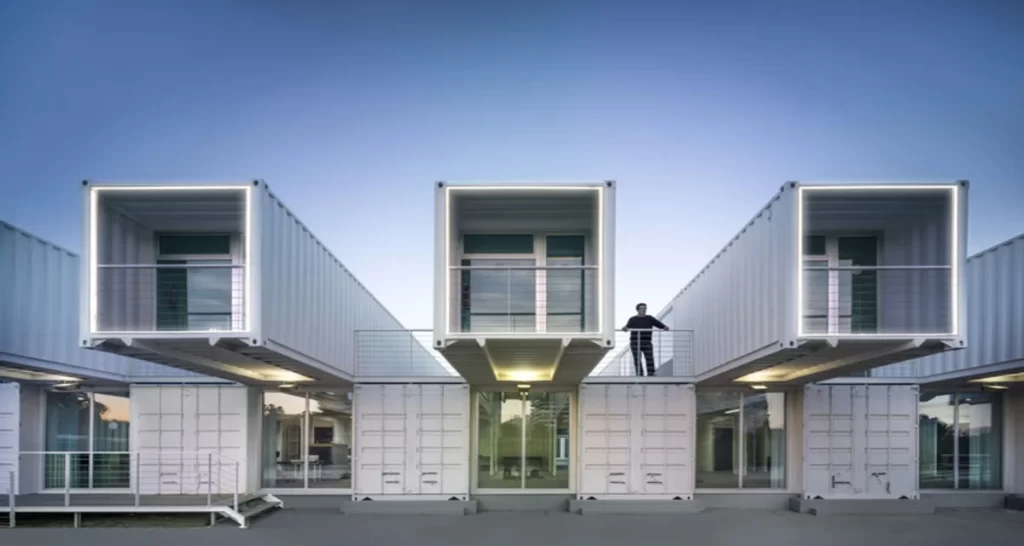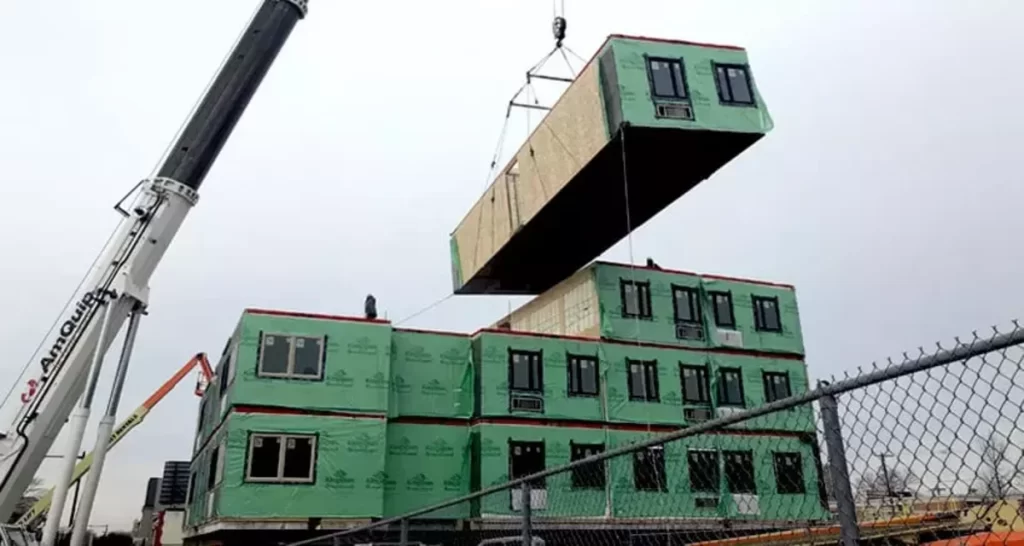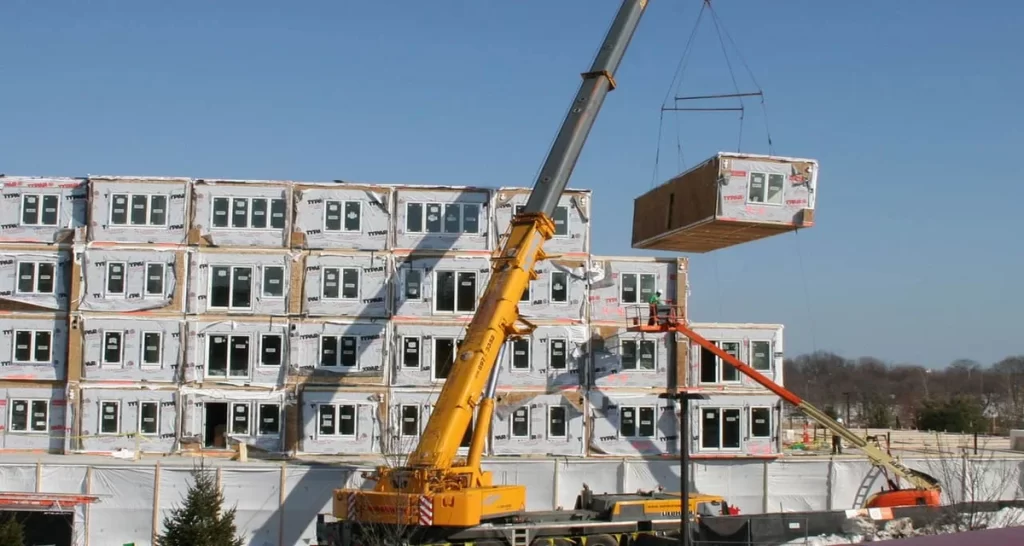How the Modular Construction Industry Is Changing the Way We Build
- October 13, 2022
You may have heard the term “modular construction industry” but not be sure what it means. at its core, modular construction is building structures in modules assembled off-site and then transported to their final destination.
This process has revolutionized the construction industry, and more and more projects are being completed using modular construction methods. So, what do you think are the pros and cons of modular construction? And how does it behave when compared to standard building methods?
In this post, we’ll explore modular construction and examine its pros and cons.
What Is Modular Construction?
You’ve probably heard the term “modular construction,” however what precisely does it represent? Modular construction is a process of building that uses prefabricated modules.
That seems a little perplexing, so bear with me and let me give you an example. Say you’re building a house. The traditional way would be to have the carpenters and masons come in and start building from scratch. However, with modular construction, they would instead build all the modules off-site—the walls, the floors, the ceilings, everything.
Then those modules would be transported to the construction site and put together like a puzzle. This method has a ton of upsides over the traditional buildings. It’s faster, it’s more efficient, and it creates less waste. But, like with anything, modular construction has some disadvantages.
The Benefits of Modular Construction
You might be wondering, what is the modular construction industry? In a nutshell, modular construction is a process that uses prefabricated modules to build structures.
These modules can be made in a factory or on-site, and they’re usually assembled using cranes. The great thing about modular construction is that it’s incredibly efficient—it can save you time and money on your project.

But there are also some drawbacks. For starters, projects in the modular construction industry aren’t always as durable as traditional construction methods. And since the modules are often done in a factory, the quality can sometimes be inconsistent.
All in all, though, modular construction is a great way to build—it’s fast, efficient, and creates less waste than traditional methods. So it’s no wonder that the modular construction industry is growing at such a fast rate.
Read more: How to Scale a Model in Solidworks
The Disadvantages of Modular Construction
Whereas the modular construction sector has numerous benefits, there are a few drawbacks to consider before making your decision.
One drawback is that it is frequently more costly than standard techniques of construction. This is because the up-front costs can be higher since the modules must be transported to the construction site and assembled.
Another downside is that it may be more expensive and challenging to make changes once the modules are in place. So if you’re looking for a custom design, modular construction might not be your best option.
Modular Construction Methods
You might not be familiar with the modular construction industry, but it’s a building method that’s been around for a while and is growing in popularity. The structure is constructed in modules off-site and then integrated on-site.

There are several approaches to modular building, but the most frequent is to employ prefabricated panels. These panels are made in a factory and then shipped to the construction site, where they’re put together like a puzzle.
The great thing about the modular construction industry is that it’s faster and more efficient than traditional construction methods. Plus, it’s more reliable because the modules are built under controlled conditions. And because the modules are prefabricated, there is less trash and there are fewer building delays.
How the Modular Construction Industry Is Changing the Way, We Build
You might wonder how the modular construction industry is changing how we build. It’s a wonderful question, and we appreciate you asking it.
Modular construction is a building in modules off-site and assembled on-site. This process allows for greater flexibility and faster turnaround times since the modules are prefabricated in a factory setting. Plus, it’s more cost-effective than traditional methods of construction.

There are some disadvantages to the modular construction industry, such as the fact that it’s not always feasible for specific projects.
However, the advantages far exceed the disadvantages. So, if you’re thinking about building a new house or workplace, you should think about employing modular construction.
Conclusion
Building modular structures is a construction method that has been around for years. It is a way of building structures in an assembly line fashion.
Modular building has been established since the 1950s, but it is only recently that it has gained popularity. The modular construction industry is changing the way we build because of its efficiency and high quality.
Needless to say, it is a revolutionary way to build, changing how we think about construction. It is more efficient, faster, and less expensive than traditional construction processes, and it is here to stay.
Need more information on the modular construction industry? Contact us today and get the benefit of our interest and assistance to deliver the information you need.
